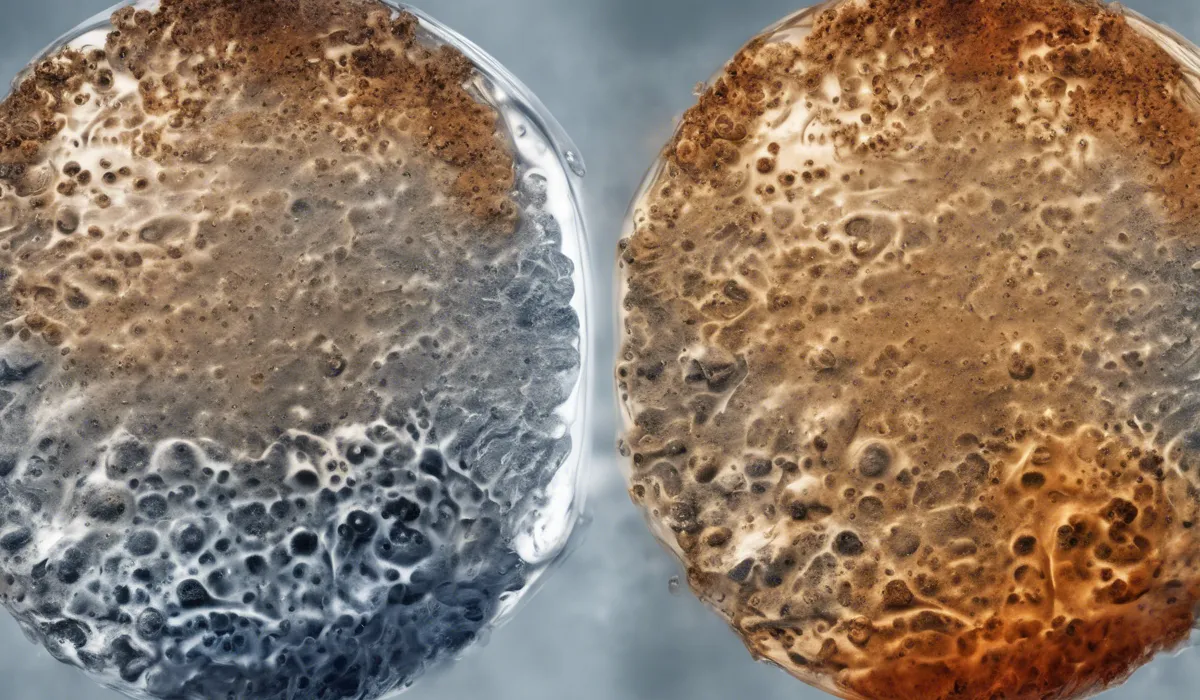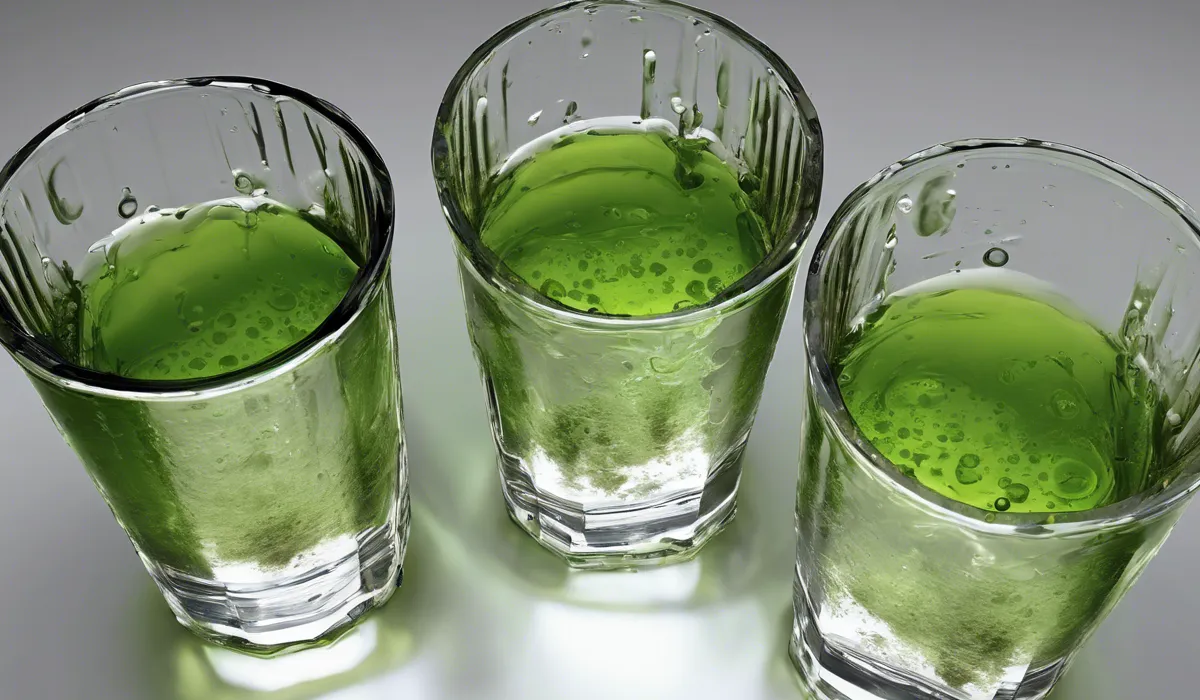To test for mold in drinking water, purchase a water testing kit designed for mold detection. Follow the kit’s instructions to collect a water sample. Send the sample to a certified lab, or use the provided tools for at-home testing. Await results to determine mold presence.
Understanding Mold Contamination in Drinking Water

What is Mold?
Mold is a type of fungus that can grow almost anywhere there is moisture and organic material.
It reproduces by releasing tiny, lightweight spores that travel through the air. When mold spores land on wet surfaces, they can start to grow and multiply.
Common Types of Mold in Water
Several types of mold can be found in water, with some of the most common being Aspergillus, Penicillium, and Cladosporium.
These molds can exist in water systems and sometimes go undetected until they reach a problematic level.
Health Risks of Mold-Contaminated Water
Consuming water that has been contaminated with mold can lead to health issues, especially for individuals with mold allergies or compromised immune systems.
Symptoms can include respiratory problems, skin irritation, and allergic reactions.
Conditions Promoting Mold Growth
Conditions that encourage mold growth include high humidity, warm temperatures, stagnant water, and the presence of organic materials.
Water systems that are not adequately maintained can become breeding grounds for mold.
Testing Methods for Mold in Drinking Water

DIY Testing Kits
Description of Home Testing Kits
Home testing kits for mold are readily available and can be a first step in identifying mold in your water.
These kits usually contain petri dishes that you expose to water samples for a set period.
Pros and Cons of Home Testing Kits
DIY kits are cost-effective and provide a quick way to detect mold presence. However, they may not be as accurate as professional tests and can sometimes lead to false positives or negatives.
Laboratory Testing
Importance of Professional Analysis
Professional laboratory tests are more reliable and can identify the specific types of mold present in your water.
They can also quantify the amount of mold, which is crucial for determining the risk level.
Collecting a Water Sample
To collect a water sample, you should follow the instructions provided by the laboratory. This often involves running the water for several minutes before collecting the sample in a sterilized container.
Interpreting Lab Results
Understanding the results from a lab can be complex. Laboratories provide detailed reports that outline the types and quantities of mold found, which can help you assess the contamination level.
Signs of Mold Presence
Visible Signs of Mold
Mold can sometimes be seen as a discoloration or slimy residue in water or around the water source. Any visible growth should be a clear indication to test the water.
Smell and Taste Cues
If your water has a musty or earthy odor, it might be a sign of mold. Similarly, an unusual taste can also indicate that mold is present and should not be ignored.
Preventing and Treating Mold in Drinking Water

Tips for Preventing Mold Growth
Maintaining Water Systems
Regular inspections and maintenance of your water system are essential to prevent mold growth. This includes checking for leaks, ensuring proper drainage, and replacing filters as needed.
Cleaning and Disinfecting Water Storage
Water storage areas such as tanks and reservoirs should be cleaned and disinfected regularly to prevent mold and other microbial growth.
Treatment Options for Mold Detection
Filtration Systems
High-quality filtration systems can remove mold spores from water. Ensuring that filters are changed regularly can keep these systems effective.
UV Purification
Ultraviolet purification is a chemical-free method that can kill mold spores by disrupting their DNA, rendering them harmless.
Chemical Disinfectants
Chemical disinfectants such as chlorine can also be used to treat mold in water. However, their use should be carefully managed to avoid harmful byproducts.
Professional Mold Remediation
If mold contamination is severe, it is best to call a professional. They have the expertise and equipment to safely and effectively remove mold from your water system.
Regular Monitoring and Testing
To ensure the ongoing safety of your drinking water, it’s crucial to perform regular testing and monitoring for mold. This helps catch any issues early and keeps your water safe for consumption.
Final Thoughts
To determine if mold is present in drinking water, obtain a specialized mold testing kit and adhere to the provided instructions for water sample collection.
You can either send this sample to a certified laboratory for analysis or utilize the kit’s tools to conduct the test at home. The results will confirm whether mold is in your water.
